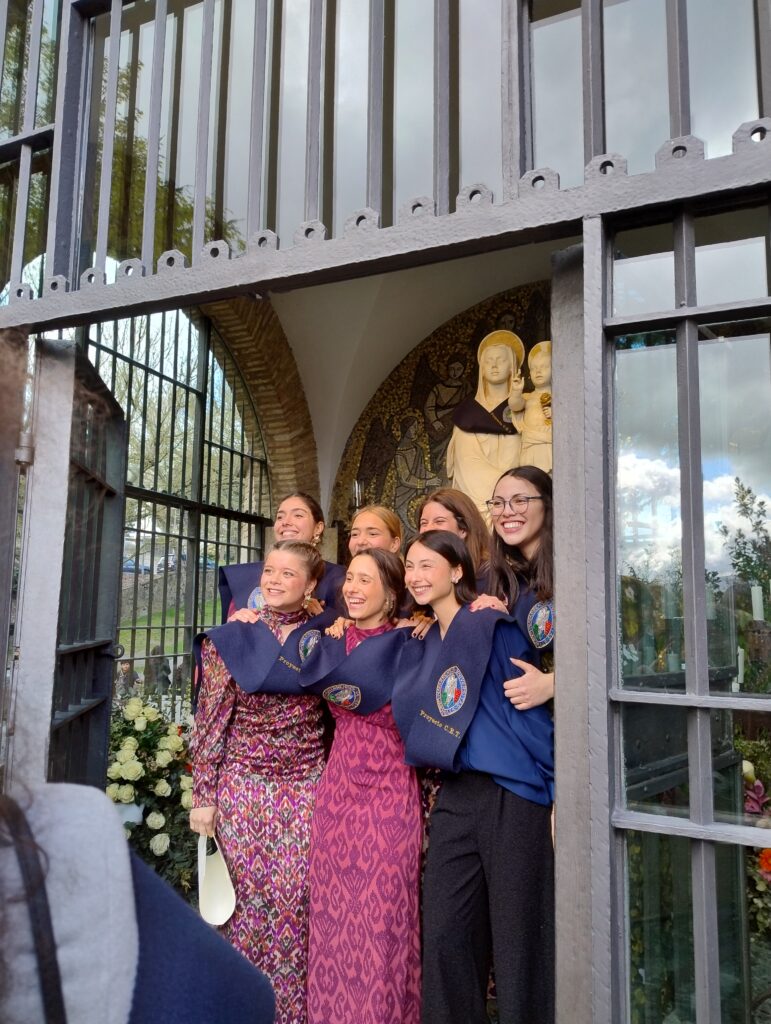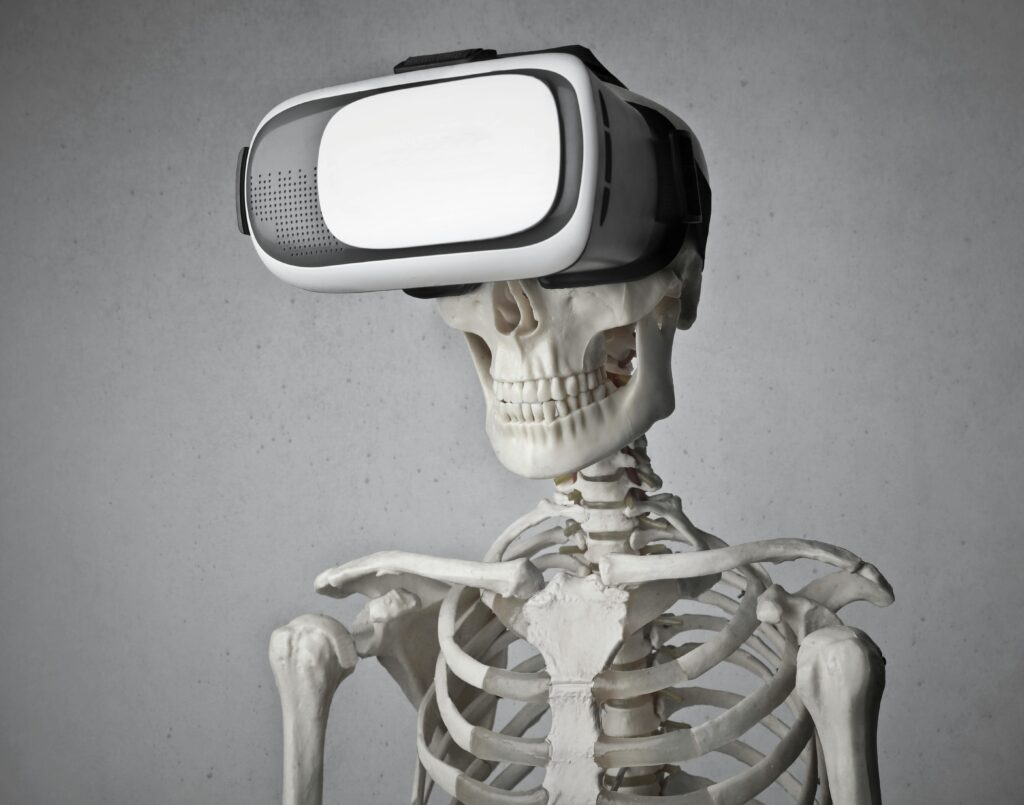Zero or soul?
An embryo is already fundamentally an individual, unique human being. The essence of a human being is based on its physical properties, but it is not just physical properties. Current culture confuses essence with form

This wonderfully created universe rides on matter to generate individuality from elementary subatomic particles that have no individuality, being essentially interchangeable.
Everything, from atoms to galaxies, to the most extravagant forms of life, are nothing more than progressively complex combinations of elementary particles that have no individuality (quarks), to generate individuality.
Life is the most extraordinary thermodynamic invention of the universe to generate individuality from particles that have no individuality, to escape entropy, uniformity, and death.
To function, the biosphere requires diversity. Without diversity, without variation, any ecosystem collapses. Homogeneity makes populations much more vulnerable to extinction. In the face of any major change, there will be no individuals with different characteristics that make them capable of surviving. The primary objective of life is to generate diversity, and individuality, as a way to escape extinction, and death, to perpetuate itself. It seems as if it wants to pursue eternity or reflect its creator, the Holy Spirit, lord and giver of life.
Sex appears in the biosphere not as a form of reproduction (there are many forms of asexual reproduction), but specifically as a way to obtain greater diversity, greater individuality. Sex, in addition to a form of union and rapport between parents, is a means to produce different, individual, unique genetic endowments. It is a way of producing variation. The profound nature of life is the generation of variation, of individuality, of different and unique genetic endowments.
An embryo has an essentially unique and unrepeatable, individual genetic endowment. Although the embryo does not yet have a human form, its essence is already present from the moment of conception. An embryo is fundamentally an individual, unique human being. The essence of a human being (and any living being) is based on its physical and genetic properties, but it is not only its physical properties. The essence is not tangible, but it exists. Current culture confuses essence with form. This is how they justify the “right” to kill the unborn child before a certain number of weeks of pregnancy. In addition to the fact that the law does not recognize the unborn child as a legal entity until 24 hours after birth, since he still does not have the complete form, he is not yet a human being.
The meaning of a symbol or a phrase has no physical properties. The material world has no impact. The ideas contained in this text have no mass, no momentum, no charge, no solidity, no volume within us, or in our environment, or anywhere else in the universe. Zero.
The idea of a form, the information, the meaning, the purpose, the sense, the value, the beauty, have no mass, no volume, no inertia, no weight, no density, no electric charge, no spin, no color.
The value of a work of art, of a story, of a photo, the information they contain, are characteristics whose existence is also determined by the essential absence of any physical property. Its beauty and meaning are “nothing.” Zero. But they exist.
Life is a physical system that is made up of matter and information, of something and nothing, of mass and missingness, of atoms and intangible information written in a book, DNA.
Life is the only system in the universe composed of blood and ideas, of tangible matter and something intrinsically and essentially intangible. Life is the only physical system whose main tangible characteristic is that it stores, exchanges and transmits something non-physical: information and ideas.
Ideas and meanings are something in which the essence of their existence is their material nonexistence.
The conscious self is explicitly absent in current theoretical physics. For current pseudoscience, we exist only as a collection of atoms. Many scientists only seem willing to admit in science that which is materially present.
Our purpose when we write is not to press the keys of a computer, nor to deposit ink on paper, nor even to earn money, but to transmit something that has no physical attributes, ideas, a phenomenon whose existence is determined by the essential absence of any physical property.
This difficulty in trying to understand the importance of the “non-existent” has a parallel in the problem posed in mathematics by the concept of zero. Zero represents the absence of a quantity, but it still has a fundamental function in mathematics. It took centuries to tame this non-number. Only when the rules for operating with zero were established could science develop.
For medieval mathematicians, zero was the devil’s number. It was considered dangerous because it did not behave like the rest of the numbers. It was assumed that the incorporation of zero into mathematical reasoning would have a terrible influence on quantitative analysis. Even today students are warned about the danger of dividing by zero, because the result is something impossible. It took millennia for the null value to become a regular and fundamental element of mathematics.
The wise men eventually became convinced that the arguments that led for centuries to revile zero were nothing more than ridiculous prejudices. At that moment everything changed. The description of regular processes became possible using algorithms for addition, subtraction, multiplication and division, to describe geometric shapes and molecular physics. Until the properties of “absence” were accepted in mathematics, knowledge of the properties of the non-absent, of the physical world, remained beyond the reach of humanity. In many ways, zero has been the midwife of modern science.
In the same way that happened in mathematics with zero, in the current pseudoscientific mentality the absence of physical characteristics of something is considered a kind of superstition that must be warded off and despised. It is considered that accepting the existence of a purpose, of an intentional property, of an idea, will surely lead to absurdities as problematic as when medieval mathematicians tried to divide by zero.
This lack of acceptance of the concept of zero in nature is causing a serious distancing between the world of scientific knowledge and the world of human experience and values, and has intensely fueled the absurd separation of the sciences and the humanities (also in the current study plans of young people, whose training up to university should be as universal as possible, not specialized). If science regards human conscious experience as illusory, superstitious, and irrelevant to the physical future of the world, then we ourselves, with our values, ideas, poetry, mysticism, and intangible aspirations, are also irrelevant.
In the natural sciences there seems to be no place for concepts such as soul, right and wrong, beauty and ugliness, good and evil, love and hate. Science seems to have dethroned the gods. Philosophers have also supported this nihilistic evaluation of science, proclaiming that no analysis of the nature of things, of how things are, can serve to define how they should be. The exclusion of ideas and values by science is reflected in the latest Cartesian expression of the separation between mind and body.
In the model of prevailing pseudoscientific knowledge there is no room for zero, everything that is physically absent, such as the essence of man, conscious experience, value or ideas. The soul.
The universe is much larger than what we can touch with our hands or with our particle accelerators. There is more than matter. There is much more than matter and energy. To begin with, space-time is not material. In reality, no one knows what matter is at the extreme, in its most indivisible expression of fundamental particles.
Quantum physicists must learn to become comfortable with material zero, with the consequences of the existence of alternative states of matter or nonphysical states of being. With the essence. Just as mathematicians lost their fear of combining numbers with zero, scientists should learn to become comfortable interconnecting and combining the present with the absent, the physical with meanings, chemistry with conscious subjective experience.
As long as we fail to explain the relationship between the physical and the immaterial, that which has volume and inertia, or energy, with that which is not there, but exists, we will continue in the prehistory of knowledge. The physical and the significant cannot be divided. They have to be part of one thing.
Because, as the fox told the Little Prince, what is essential is invisible to the eyes.
 (EN)
(EN)
 (ES)
(ES)
 (IT)
(IT)





